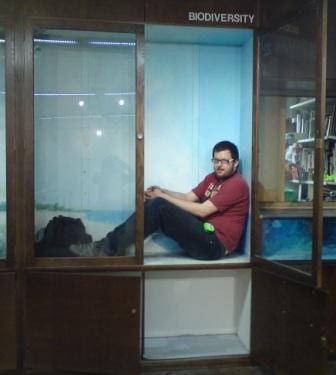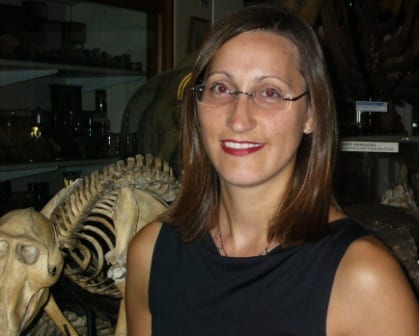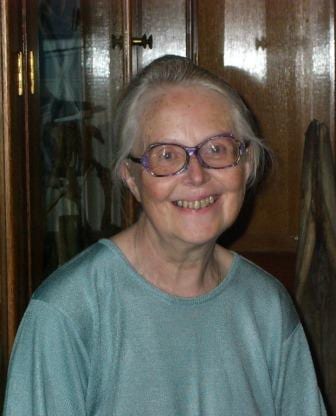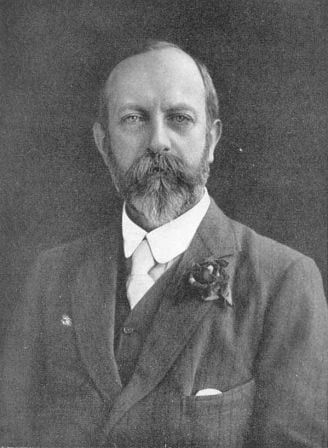Student Research Blog: Secrets of the Grant Museum of Zoology
By ucwehlc, on 20 June 2024
Today’s blog is by UCL Education Studies student Wen (Wendy) Zhang who has been delving into the past of the Grant Museum
Secrets of the Grant Museum of Zoology: Unveiling the Untold Stories Behind the Exhibits
The story of how I found myself collaborating with the curators of the Grand Museum of Zoology is as poetic as it is serendipitous. During my first year in UCL’s BA Education Studies, Georgina Brewis’ module, “The Worlds of UCL”, opened the door to the university’s rich history. While many of my peers were drawn to the Petrie Museum’s cultural relics, I felt a unique connection to the hidden history of the Grant Museum. My curiosity led me to meet the museum’s curators, which turned out to confirm my instincts that there was indeed a rich history waiting to be discovered and celebrated.
Stepping into the Grant Museum, I was overwhelmed by a sense of history that transcended its modern façade. This inspired me to meet with Hannah, the current curator, and later with Mark, the 13th curator. Their untold stories about the museum were enchanting and unheard-of, leaving me eager to share them with you, as they are too captivating to keep to myself.
The Grant Museum of Zoology was accredited in 1998. Like many university museums, it has had to adapt to educational shifts, such as the emergence of student-centred pedagogy in the 20th century, to prove its value and ensure its survival. Fortunately, a science movement in the 1960s pioneered by Frank Oppenheimer at the Exploratorium in San Francisco, significantly revitalized these museums with its “hands-on” approach. Oppenheimer made obscure scientific research accessible and engaged the public through interactive learning, transforming the role and identity of science museums for generations.
A Special Function
Since 1827, Grant Museum’s teaching ethos has been anchored in the utilization of its collections – even earlier than the science movement. Robert E. Grant, its first curator, embodied this philosophy by facilitating hands-on learning. He ingeniously provided students with personal specimens for anatomy study and personally financed the acquisition of tools and specimens for dissections in the late 19th century. Grant’s successor, E. Ray Lankester (3rd curator), further promoted object-based learning by encouraging the use of specimens as teaching aids.
 Close
Close











